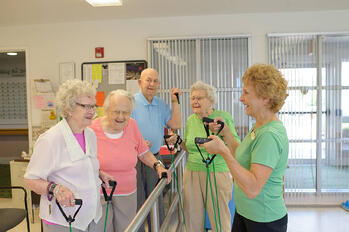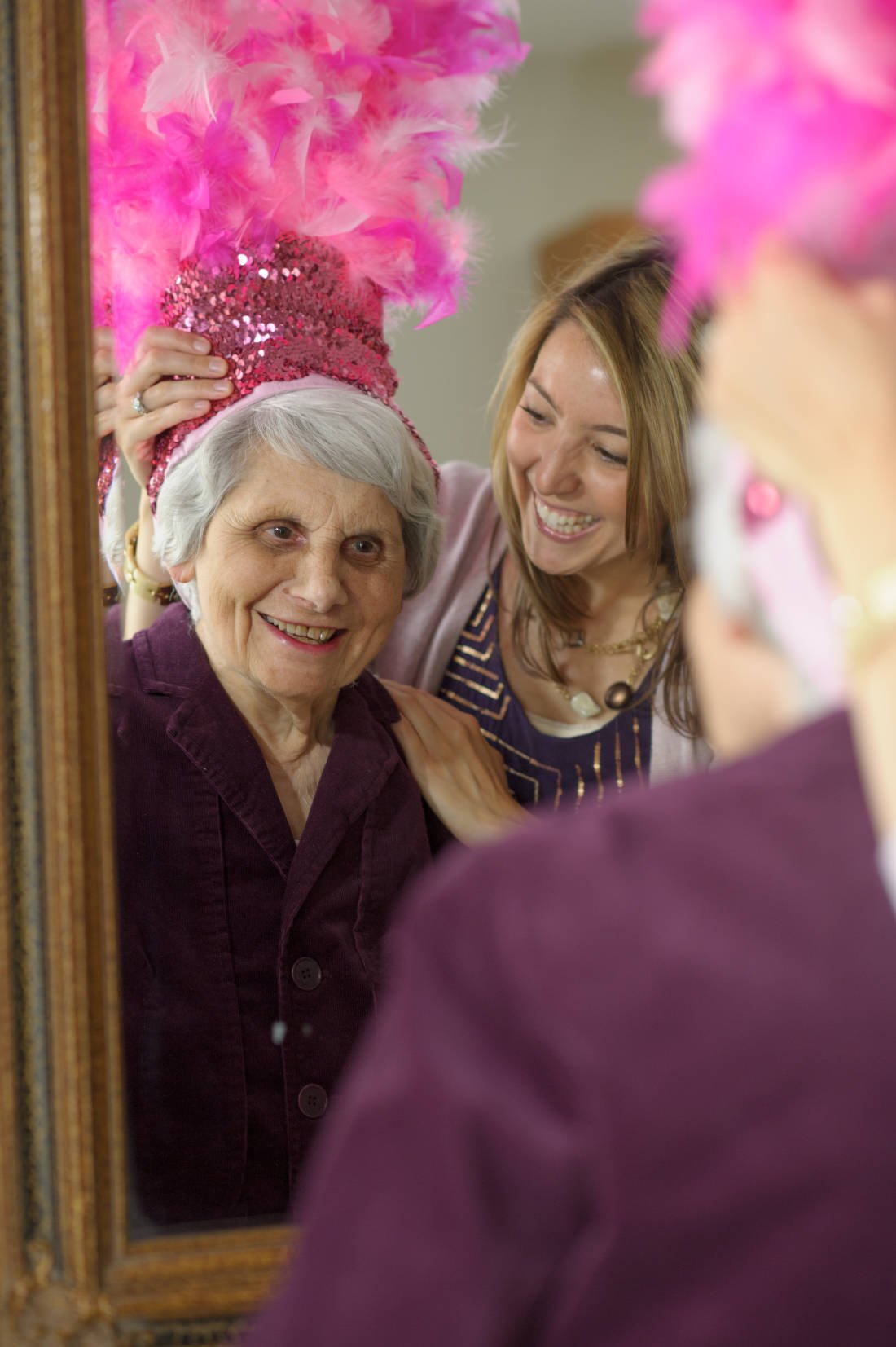Beating Winter Joint Pain: Tips for Seniors and Caregivers
 Many seniors experience an increase in joint pain when cold weather arrives. Add in winter weather-related tasks like ice scraping and shoveling, and threats to joint health only grow. If your aging loved one’s arthritis pain worsens during the winter, there are some steps you can take to help alleviate pain. Let’s take a closer look at the relationship between cold weather and joints, along with tips for promoting optimal joint health when the thermometer dips.
Many seniors experience an increase in joint pain when cold weather arrives. Add in winter weather-related tasks like ice scraping and shoveling, and threats to joint health only grow. If your aging loved one’s arthritis pain worsens during the winter, there are some steps you can take to help alleviate pain. Let’s take a closer look at the relationship between cold weather and joints, along with tips for promoting optimal joint health when the thermometer dips.
Joint Pain and Winter
While there’s long been uncertainty regarding whether a link exists between joint pain and changes in the weather, a growing body of research validates these oft-heard complaints. One 2007 Tufts study discovered that every 10 degree drop in temperature corresponds with an incremental increase in discomfort for people suffering from joint paint.
And while weather changes don’t actually worsen arthritis, drops in barometric pressure can lead to temporary swelling in tissue which then pushes against muscles and nerves causing discomfort and pain, according to The Cleveland Clinic.
Tips for Alleviating Joint Pain
There are some ways caregivers can help seniors suffering from arthritis stay comfortable in cold weather. At the top of the list? Maintaining a healthy weight.
Extra weight causes a wide range of health complications, including putting more pressure on already strained joints. In fact, scientists have linked obesity with osteoarthritis. The good news? Even a 10 percent weight loss can lead to relief.
Unfortunately, holiday revelry can have the opposite effect by causing weight gain. Encouraging your aging loved one to adopt healthy eating habits year-round -- but especially during the holidays -- can help minimize joint pain. Spicy foods, in particular, offer a comfortable warming sensation for aching joints.
Cold weather can also lead to a sedentary lifestyle, which exacerbates symptoms of arthritis. Getting your aging loved one up and moving promotes blood flow to the joints. Low-impact exercises, such as water aerobics, help strengthen the muscles around the joints while promoting bone integrity. (If exercising is triggering more pain, back off: listening to the body is a critical part of the fitness process.)
Other ways to relieve winter joint pain include taking warm baths and keeping the body’s core temperature high by wearing lots of moisture-wicking layers. This includes at bedtime when body temperatures might otherwise drop. In addition to warm pajamas, heated mattress covers, heating pads, and electric blankets are effective tools.
While joint pain often escalates in winter, it doesn't have to be debilitating. These tips can offer relief while promoting ongoing joint health during the cold weather season and beyond.
Key Takeaways
- While winter weather can cause joint pain symptoms to flare up, there are things seniors and their caregivers can do to relieve pain.
- Maintaining a healthy weight, exercise, warm baths, and the right clothing and bedding can reduce pain by warming the body.
- While these techniques may be particularly effective during the winter, they also offer year-round relief.
About Marissa Salvesen
My journey into the world of senior living began when I started working for United Methodist Homes in 2010. Starting as an Activities Director at one of our-winning assisted and independent living communities and then transitioning to Marketing and Promotions Manager for UMH, I now work as the Manager of Mission Development, fostering the Mission and Values of our organization. I love sharing stories about the many ways we build meaningful relationships and enrich the lives of those we serve, and am proud to be part of building UMH’s 140-year legacy of caring. Wondering what makes our communities such special places to live and work? Connect with me and find out!

Our Blog is a 2016 Platinum Generations Award Winner! The Generations Award is an annual international competition for excellence in senior marketing recognizing professionals who have communicated to the 50+ Mature Markets.




